Astronomers precisely mapped out how our Galaxy, the Milky Way, took shape and evolved in its infant and juvenile stages, using the sky survey data obtained by the Large Sky Area Multi-Object Fiber Spectroscopic Telescope (LAMOST) in China and the European Space Agency's Gaia satellite.
The study published on Thursday in the journal Nature as a cover story reported an analysis of about 250,000 subgiant stars with very precise ages, indicating that the formation of the galaxy's old, thick disk started approximately 13 billion years ago, only 800 million years after the Big Bang.
Xiang Maosheng and Hans-Walter Rix from Max-Planck Institute for Astronomy analyzed millions of star spectrums LAMOST observed and the locations and movement of 1.4 billion stars Gaia provided.
The findings showed that the Galaxy growth can be split into two parts: the earlier stage from 13 billion years to 8 billion years ago when the stellar halo and thick disk took form and the later stage when the thin disk took form.
Most of those stars in thick disk formed around 11 billion years ago, when the Gaia Sausage, the remains of a dwarf galaxy, merged with our Galaxy, adding at least eight globular clusters along with 50 billion solar masses of stars, gas and dark matter.
Over the next five to six billion years, the Galaxy experienced continuous chemical element enrichment, ultimately by a factor of 10, while star-forming gas managed to stay well mixed, according to the study.
The age, composition and motion of those stars highlighted the dynamic processes involved in the formation of our galaxy, said the researchers.











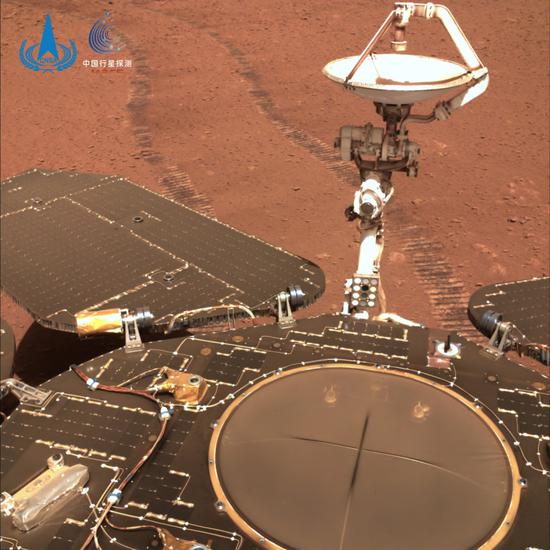
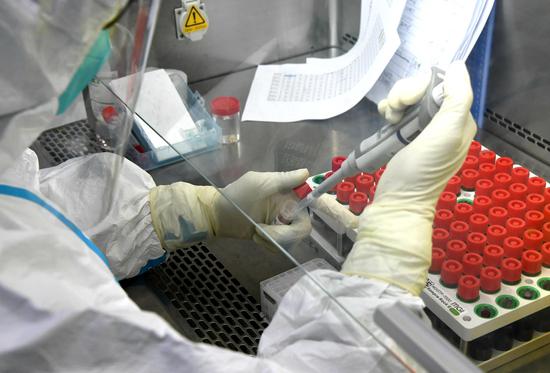











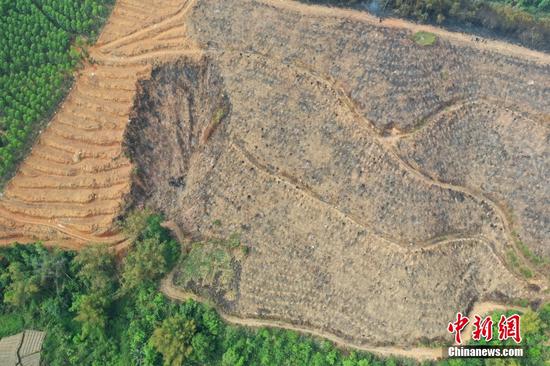
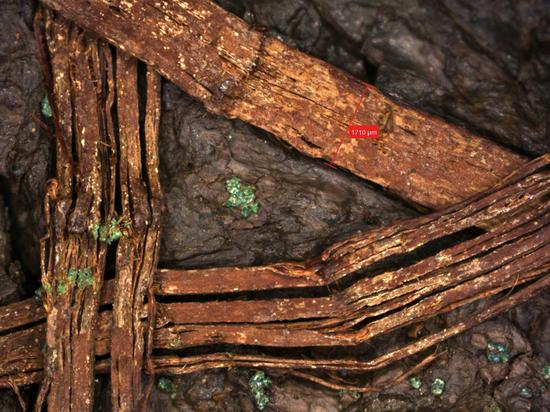

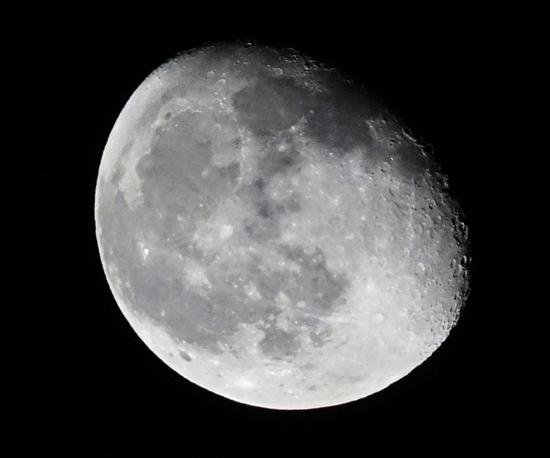


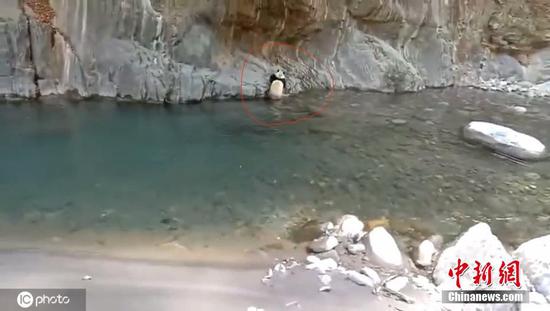




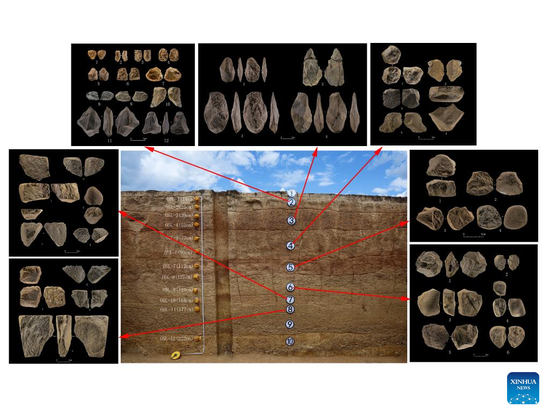


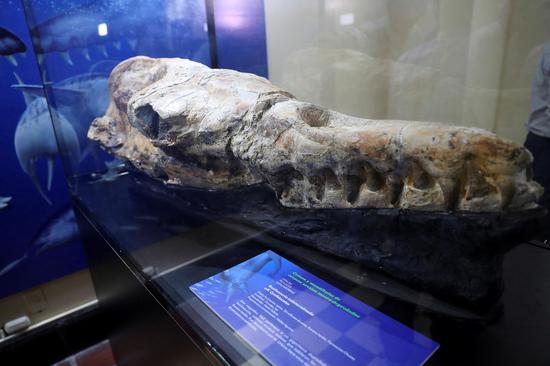




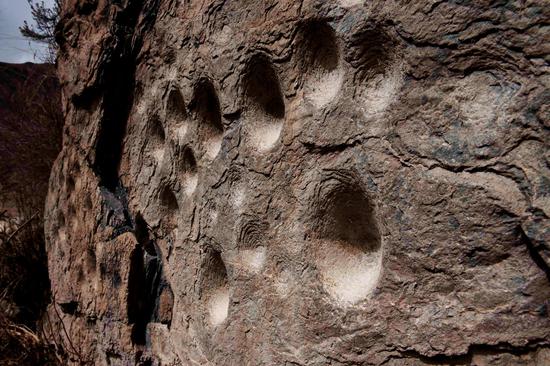






 京公网安备 11010202009201号
京公网安备 11010202009201号